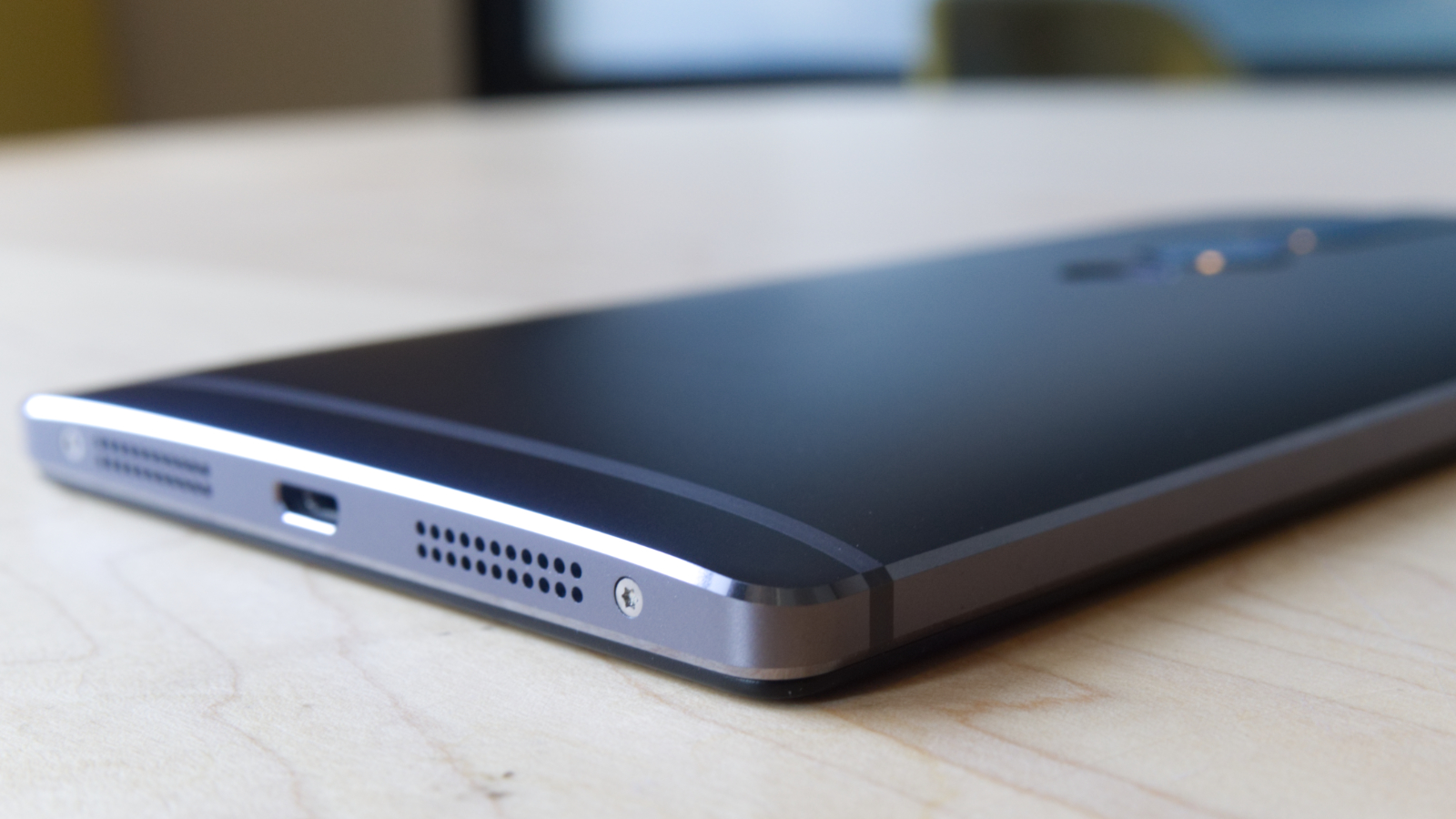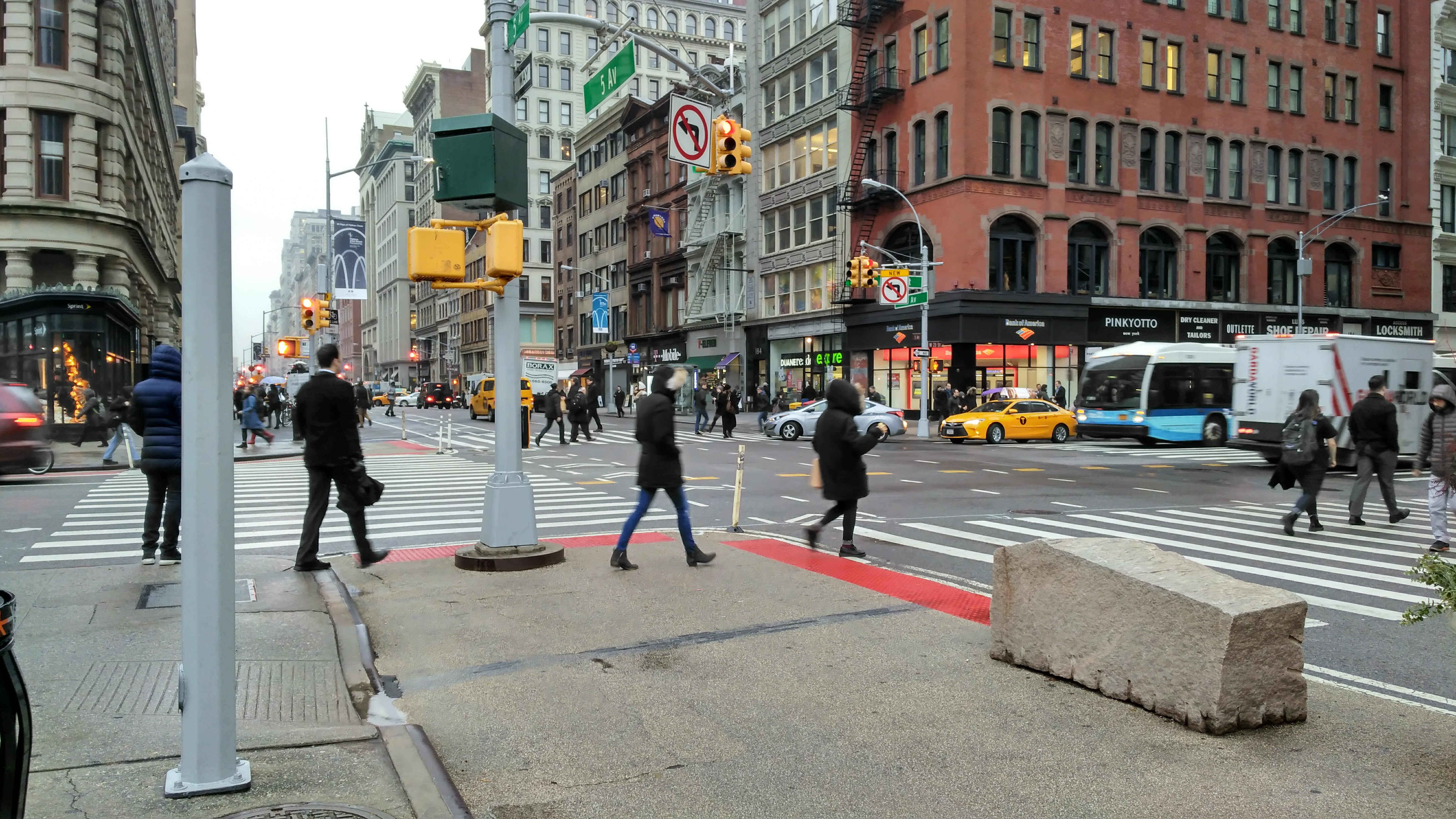Why you can trust TechRadar
- 4,050mAh battery lasts for about two days under normal use, much less with Tango
- The cameras alone are nothing special, but can take reliable pictures in daylight
Lenovo stuffed a 4,050mAh battery inside of the Phab 2 Pro’s large chassis. Compared to the 2,700mAh capacity in the 6-inch Sony Xperia XA Ultra, we’re happy with this amount, as it’s needed for Tango and all of that television you’re bound to catch up on with its slick 2K screen.
No estimate for battery life duration is given, but that’s probably because the use cases for the Phab 2 Pro vary so wildly. In our experience, using Tango even for a half hour straight dropped the battery down from full to 80%. Continuing on that path will surely lead to zeroing-out the battery in less than a day. On the other hand, playing the odd game and using it more like a traditional smartphone will yield more favorable results.

During our testing, it can stand up to moderate use (a healthy mix of social media apps, internet browsing, gaming and the unavoidable, but short Tango demonstration) for just shy of two days. And, thanks to its Qualcomm Quick Charge capability, charging isn’t too much of a bother. In a half hour, you’ll be back up to 37%, and it’s nearly filled up to max at just over an hour of waiting.
After watching a 90-minute 1080p movie file, the Phab 2 Pro discharged 18% of its battery, leaving it at 82%. While not the best display of battery retention we’ve seen, it’s not a ludicrous amount when you consider its enormous 2K screen. It’s comforting to know that this phone can last through an international flight filled with entertainment, then some.
Camera
The highlight of the Phab 2 Pro’s camera arrangement is, without a doubt, its Tango capability. But, it can still take a decent picture in the default camera mode.
Its rear camera located near the top is a 16MP sensor that’s plenty capable when in a well-lit environment. You’ll find a few examples in the photo carousel below that show off what it can do when variables work out in the Phab 2 Pro’s favor.
However, a dim room makes a joke out of it. The fast focus ability has a difficult time finding objects and representing them accurately in the dark. Sure, few phones are skilled at this kind of thing. But, for a phone that prides itself in its camera technology, we’d have liked to have seen something better as a standalone snapper.
Sign up for breaking news, reviews, opinion, top tech deals, and more.
Beneath the main sensor, there’s a depth sensor that uses infrared to help paint an accurate picture of your space, and a motion sensor that specializes in finding – and keeping a lock on – walls, edges and ceilings so to keep the Tango AR experience humming along.
Flipped over, the 8MP front-facing camera is serviceable for the occasional selfie and video call, but like most phones, it can’t put out the quality seen by the rear-facing sensor.
Here's a look at some camera samples from the Phab 2 Pro:

A little blurry due to being on the move, but the colors and contrast levels look nice.

Perfectly representative of the scene. In case you're wondering, that's an art exhibit, complete with hammocks.

Low-light capability really isn't good – even when standing still. The colors might look bold from afar, but it lacks the clarity that we like to see.

This food was about six inches away and the Phab 2 Pro had a difficult time focusing in on it.

The AR Camera can insert little pets into the scene. Fun? Weird? Yep.

The selfie camera in action. It's not bad, but it's not the best either.

Cameron is a writer at The Verge, focused on reviews, deals coverage, and news. He wrote for magazines and websites such as The Verge, TechRadar, Practical Photoshop, Polygon, Eater and Al Bawaba.


